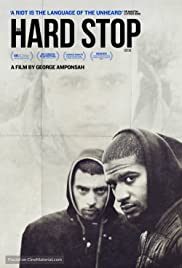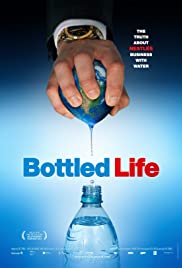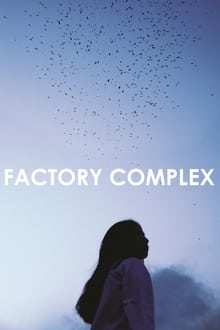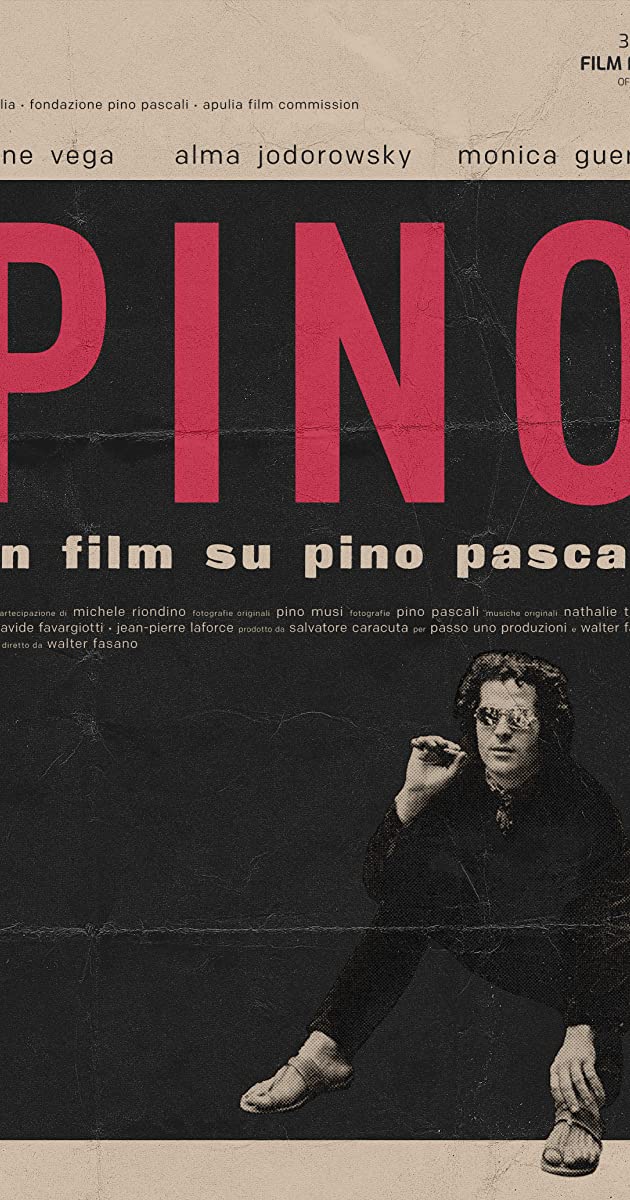
Menahem Golan and Yoram Globus were two movie-obsessed cousins from Israel who became Hollywood’s ultimate gate-crashers. Following their own skewed version of the Great American Dream, they bought an already low-rent brand – Cannon Films – and ratcheted up its production to become so synonymous with schlock that the very sight of its iconic logo made audiences boo throughout the 1980s. And yet who could have foreseen how close they came to nearly taking over Hollywood and the UK film industry?
You May Also Like

Delves into the shooting death of Mark Duggan, a young black British man, by London Metropolitan Police in 2011.

Dick Proenneke’s simple, yet profound account of his 30 year adventure in the remote Alaska wilderness continues in this sequel to “Alone in the Wilderness”. Watch through his eyes as he continues to document with his 16mm wind-up Bolex camera, capturing his own amazing craftsmanship, the stunning Alaskan wildlife and scenery and even a visit from his brother Ray (Jake). His epic journey takes you on a vacation away from the hustle and bustle of today’s fast-paced society, and is a true breath of fresh air.

Sixteen years after his documentary When Louis Met Jimmy, Theroux seeks to understand how he was tricked by a man who became his friend

Do you know how to turn ordinary water into a billion-dollar business? In Switzerland there’s a company which has developed the art to perfection – Nestlé. This company dominates the global business in bottled water. Swiss journalist Res Gehringer has investigated this money-making phenomena. Nestlé refused to cooperate, on the pretext that it was “the wrong film at the wrong time”. So Gehringer went on a journey of exploration, researching the story in the USA, Nigeria and Pakistan. His journey into the world of bottled water reveals the schemes and strategies of the most powerful food and beverage company on our planet.

A Japanese skier tries to fulfill his dream of sking down Mount Everest.

Highlights boy bands and their rise — and fall — to fame, from The Beatles to Jackson 5 to the Jonas Brothers and One Direction, as well as the K-pop group Seventeen.

Best-selling author Lee Strobel takes viewers on an investigative journey to face the biggest fear known to man: Death. Inspired by his own near-death experience, he seeks to discover the answers of why as humans we seek to be immortal in the race of time for success, purpose, and faith. If there is a heaven, can we prove it?

The drastic economic development in South Korea once surprised the rest of the world. However, behind of it was an oppression the marginalized female laborers had to endure. The film invites us to the lives of the working class women engaged in the textile industry of the 1960s, all the way through the stories of flight attendants, cashiers, and non-regular workers of today. As we encounter the vista of female factory workers in Cambodia that poignantly resembles the labor history of Korea, the form of labor changes its appearance but the essence of the bread-and-butter question remains still.

Rome, 1968: at the pinnacle of his artistic career, Pino Pascali died in an accident. 50 years later the Pascali Museum in Apulia—where Pino was born—buys and exhibits one of his works. This is the story of a work of art returning to its origins told through Pino Musi and Pino Pascali’s photographs.

An intimate portrait of Marcos López, unique and unclassifiable figure, film director, visual artist and one of the most prominent contemporary photographers in Latin America.

The fascinations of filmmaker Peter Greenaway, whose motto is “art is life and life is art,”are captured like butterflies and arranged in an alphabet, a form that suits him perfectly as an encyclopedist. In intimate conversations with his perceptive 16-year-old daughter Zoë, we discover the whos, whats and whys about Greenaway.

What would happen if the world were suddenly without people – if humans vanished off the face of the earth? How would nature react – and how swiftly? On the edge of Europe, the deserted village of Chernobyl reveals the surprising answer after an unplanned experiment. Chernobyl was abandoned by people after the worst nuclear disaster in history (April 26, 1986). A level 7 meltdown resulted in a severe release of radioactivity following a massive explosion that destroyed the reactor. More than 20 years later, Chernobyl has been taken over by a remarkable collection of wildlife and descendents of pets that were left in the city when its residents fled the nuclear fallout. Unexpectedly in the aftermath of this disaster, Chernobyl has become a sanctuary for plants, birds, and animals, including some species thought to be on the brink of extinction.